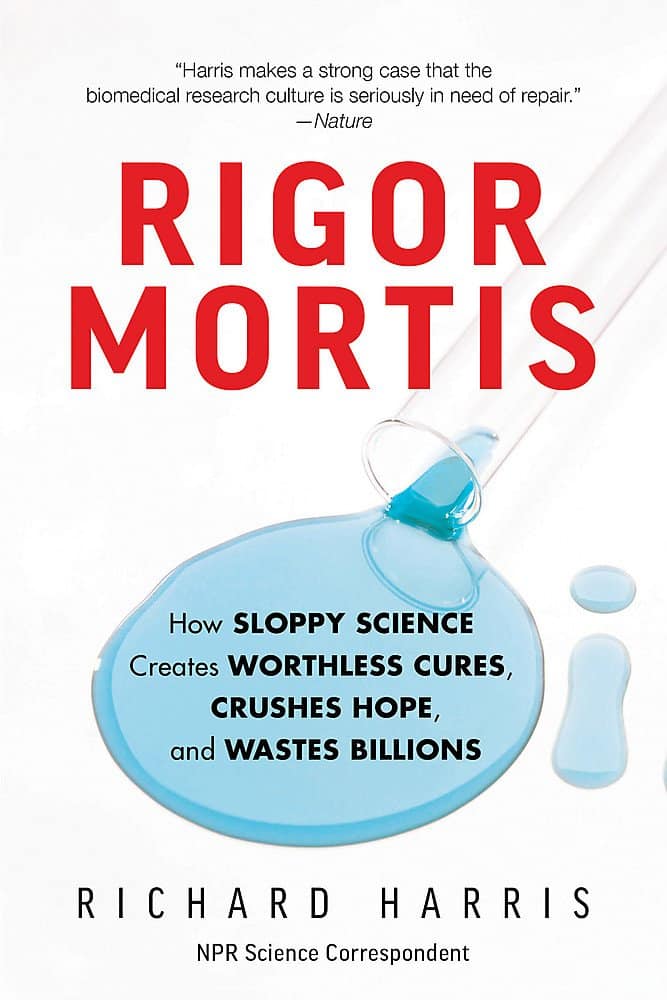Recruiting Research Inspirations for Nerds
Our Talent Acquisition Inspirations stand at the intersection of recruiting with executive candidate data. While executives are made of flesh and blood, the data that tell their stories are made of binary zeros and ones. Every time we transact business online or at the supermarket, every time we interact with a government entity, every time we tweet, like, or comment, a digital record is born: we, increasingly, are the sum of our digital parts.
A treasure trove of candidate information exists — beyond candidate resumes and LinkedIn profiles. That digital treasure can revolutionize search as we know it. Let the following examples serve as a guide.

1. Nate Silver
Nate Silver is a statistician, blogger, and recruiting inspiration who first rose to fame in 2008 when he called the presidential election with incredible accuracy, getting 49 out of 50 states right. But then in 2012, he topped himself: he correctly forecast how all 50 states would vote for president. He even predicted a tie in Florida and projected it eventually would tip to President Barack Obama, which is the equivalent of predicting a coin landing on its side.
He did it by taking polling data, weighing it for past accuracy, and running 40,000 computer simulations at a time.
Nate Silver is the author of the book The Signal and the Noise: Why So Many Predictions Fail — but Some Don’t. He is also a contributor to The New York Times Magazine and has appeared as a commentator on CNN and MSNBC. Nate has spoken at TED and SXSW and has been named one of TIME’s 100 Most Influential People in the world.
What does this have to do with executive search? Everything. (See #2.)
2. Moneyball, the book
Moneyball: The Art of Winning an Unfair Game by Michael Lewis is a book about the Oakland Athletics baseball team. More important, it’s a book about inspirational talent acquisition. Oakland A’s General Manager Billy Beane had a problem: his recruiting budget was smaller than nearly every other team. He couldn’t afford to sign Major League superstars. Instead, he decided to outsmart the richer teams. He signed undervalued players. His talent scouts consider those players flawed but they had a knack for getting on base, scoring runs, and winning games — in the aggregate.
3. Moneyball, the movie
Moneyball is a 2011 biographical sports drama film directed by Bennett Miller from a screenplay by Steven Zaillian and Aaron Sorkin. Brad Pitt stars as Billy Beane. If you haven’t yet seen the movie, it is time. There’s a reason Nate Silver got his start as a baseball statistician.
To quote colleague Dan Lyons, “Bear in mind that before turning his attention to politics in 2007 and 2008, Silver was using computer models to make predictions about baseball. What does it mean when some punk kid baseball nerd can just wade into politics and start kicking butt on all these long-time “experts” who have spent their entire lives covering politics? It means something big is happening.”
4. Something Big is Really is Happening: Statistics
The world of data that we navigate as recruiters and the world of statistics are intertwined. To power up the work that we do sifting through candidate data, we should brush up on statistics. (Note to self: for starters, complete the Khan Academy’s Statistics and Probability) By no means do I have a full grasp of statistic, at least not yet. But I have learned it is vitally to all that we do.
The crazy thing is few people really master statistics. Scientists with Ph.D.s who regularly use statistics and cite those numbers in published research regularly get the P-Value wrong. The P-Value or Probability Value is a number describing how likely it is that your data would have occurred by random chance. The p-value is a measure that helps tell you whether the research findings are statistically significant.
Not only do the scientists screw up the that statictical linchpin, but the peer reviewers rarely catch those errors. You know what happens next? Bad math often leads to surprising “discoveries” that garner attention. That, in turn, inspires other scientists to pursue the breakthrough in their own research — only there wasn’t a breakthrough in the first place. So millions of dollars get wasted chasing promising leads for potential cures for cancer that don’t really exist.
I encourage the reader to check out the book: Rigor Mortis: How Sloppy Science Creates Worthless Cures, Crushes Hope, and Wastes Billions by Richard Harris.

What does this have to do with executive search?
It has nothing to do with executive search and, yet, everything to do with it. As we wrangle massive amounts of candidate data we reduce all of that humanity into zeros and ones. That’s the language of computing. Statistics point us to what is statically significant — if we get that pesky P-value right — and that is ultimately how we will solve recruiting. For more executive search research tips, see Using LinkedIn to Recruit Executives.
Change happens at the outer edges. I’ve taken you to the edge. We’ve looked over. Beyond that, I’ve got nothin’ — at least not yet.
We invite you to check out our most popular blog post UPDATED! What Your LinkedIn Member Number Means (and How to Find It). We welcome your comments. Perhaps you can help us solve the Mystery of the LinkedIn Member Number uncovered by one of the commenters.


